How to Adapt a Mousetrap Car for Distance
Method 1 of 3:
Optimizing Your Wheels
-
 Use large rear wheels. Large wheels have greater rotational inertia than small wheels. In practice, this means that once they start rolling, they're harder to stop rolling. This makes large wheels perfect for distance-based contests — theoretically, they'll accelerate less quickly than smaller wheels, but they'll roll much longer and they'll travel a greater distance overall. So, for maximum distance, make the wheels on the drive axle (the one the mousetrap is tied to, which is usually the rear one) very large.
Use large rear wheels. Large wheels have greater rotational inertia than small wheels. In practice, this means that once they start rolling, they're harder to stop rolling. This makes large wheels perfect for distance-based contests — theoretically, they'll accelerate less quickly than smaller wheels, but they'll roll much longer and they'll travel a greater distance overall. So, for maximum distance, make the wheels on the drive axle (the one the mousetrap is tied to, which is usually the rear one) very large.- The front wheel is a little less important — it can be large or small. For a classic drag racer look, you'll want big wheels in the back and smaller ones in front.
-
 Use thin, light wheels. Thinner wheels have less friction and may go farther if the distance is what you want or need with your mousetrap racer. It's also important to take the weight of the wheels themselves into account — any unneeded weight will ultimately slow your car down or lead to added friction. In addition, it's worth noting that wide wheels can even have a small negative effect on the car's drag due to air resistance. For these reasons, you'll want to use the thinnest, lightest wheels available for your car.
Use thin, light wheels. Thinner wheels have less friction and may go farther if the distance is what you want or need with your mousetrap racer. It's also important to take the weight of the wheels themselves into account — any unneeded weight will ultimately slow your car down or lead to added friction. In addition, it's worth noting that wide wheels can even have a small negative effect on the car's drag due to air resistance. For these reasons, you'll want to use the thinnest, lightest wheels available for your car.- Old CDs or DVDs work fairly well for this purpose — they're large, thin, and extremely light. In this case, a plumbing washer may be used to reduce the hole size in the middle of the CD (to fit the axle better).
- If you have access to old vinyl, these also work extremely well, though they may be too heavy for the smallest mousetraps.
-
 Use a narrow rear axle. Assuming your car is a rear-wheel-drive car, each time your rear axle turns, the rear wheels turn. If your rear axle is extremely skinny, your mousetrap car will be able to turn it more times for the same length of string than it would if it were wider. This translates to turning your rear wheels more times, meaning greater distance! For this reason, it's a wise idea to make your axle out of the skinniest material available that can still support the weight of the frame and wheels.
Use a narrow rear axle. Assuming your car is a rear-wheel-drive car, each time your rear axle turns, the rear wheels turn. If your rear axle is extremely skinny, your mousetrap car will be able to turn it more times for the same length of string than it would if it were wider. This translates to turning your rear wheels more times, meaning greater distance! For this reason, it's a wise idea to make your axle out of the skinniest material available that can still support the weight of the frame and wheels.- Narrow wooden dowel rods are a great, easily-accessible choice here. If you have access to thin metal rods, these are even better — when lubricated, they usually have less friction.
-
 Create traction by giving the edges of the friction of the wheels. If the wheels slip against the ground when the trap is sprung, energy is wasted — the mousetrap works to make the wheels turn, but you don't get any extra distance. If this happens with your car, adding a friction-inducing material to the rear wheels may reduce their slippage. To keep your weight requirements down, use only as much as is necessary to give the tips of the wheels some grip and no extra. Some suitable materials are:[1]
Create traction by giving the edges of the friction of the wheels. If the wheels slip against the ground when the trap is sprung, energy is wasted — the mousetrap works to make the wheels turn, but you don't get any extra distance. If this happens with your car, adding a friction-inducing material to the rear wheels may reduce their slippage. To keep your weight requirements down, use only as much as is necessary to give the tips of the wheels some grip and no extra. Some suitable materials are:[1]- Electrical tape
- Rubber bands
- Popped balloon rubber
- Additionally, placing a piece of sandpaper under the rear wheels at the start line can reduce slippage as the car begins to move (when it is most likely).
Method 2 of 3:
Customizing Your Frame
-
 Build the lightest frame possible. Above all, your car should be light. The smaller the mass of your car, the better — every gram or milligram you can shave off of your car's frame is a little further your mousetrap will be able to push your car. Try not to have any extra frame material beyond what's necessary to keep your mousetrap and wheel axles in place. If you see wasted space on your frame, try removing it, or, if this is impossible, make holes in it with a drill to bring its weight down. You'll also want to use the lightest material possible for your frame. Here are just a few suitable ones:
Build the lightest frame possible. Above all, your car should be light. The smaller the mass of your car, the better — every gram or milligram you can shave off of your car's frame is a little further your mousetrap will be able to push your car. Try not to have any extra frame material beyond what's necessary to keep your mousetrap and wheel axles in place. If you see wasted space on your frame, try removing it, or, if this is impossible, make holes in it with a drill to bring its weight down. You'll also want to use the lightest material possible for your frame. Here are just a few suitable ones:- Balsa wood
- Hard plastic sheets
- Thin, light metal sheets (aluminum/tin roofing material, etc.)
- Building toys (K'NEX, Legos, etc.)
-
 Make the frame long and narrow. Ideally, you want your car to be shaped aerodynamically — that is so that it presents the smallest possible surface area in the direction it will travel. Like an arrow, a longboat, an airplane, or a spear, a vehicle that's designed with maximum efficiency in mind will almost always have a long, skinny shape to minimize drag from air resistance.[2] For the purposes of your mousetrap car, this will mean making your frame both narrow (though it will be difficult to get your frame any narrower than the mousetrap itself) and vertically skinny.
Make the frame long and narrow. Ideally, you want your car to be shaped aerodynamically — that is so that it presents the smallest possible surface area in the direction it will travel. Like an arrow, a longboat, an airplane, or a spear, a vehicle that's designed with maximum efficiency in mind will almost always have a long, skinny shape to minimize drag from air resistance.[2] For the purposes of your mousetrap car, this will mean making your frame both narrow (though it will be difficult to get your frame any narrower than the mousetrap itself) and vertically skinny.- Remember, to minimize drag, you're trying to give your car the narrowest, smallest profile possible. Try getting down on the ground and looking at your car from the front to spot pieces of the frame that make your car's profile unnecessarily large.
-
 Use glue instead of nails wherever possible. Wherever you can, try to use glue in your car's design, rather than nails, pins, or other heavier solutions. For instance, you should only need to use just a few small spots of glue to fix your mousetrap to the frame. Generally, the glue will hold just as well as nails, which can add unnecessary weight. Use super glue not school glue it won't hold as good.
Use glue instead of nails wherever possible. Wherever you can, try to use glue in your car's design, rather than nails, pins, or other heavier solutions. For instance, you should only need to use just a few small spots of glue to fix your mousetrap to the frame. Generally, the glue will hold just as well as nails, which can add unnecessary weight. Use super glue not school glue it won't hold as good.- Another advantage of glue is that it shouldn't usually affect your car's air resistance. On the other hand, if either end of a nail sticks out of your frame, it can have a minor effect.
-
 Keep your frame's structural integrity in mind. The only limiting factor when it comes to how light and skinny you can make your mousetrap car's frame is its fragility — if it's too light, it may become so fragile that the action of springing the mousetrap breaks the car apart. The delicate balance between achieving the maximum distance and making your car unstable can be quite tricky to get right, but don't be afraid to experiment. The mousetrap itself is unlikely to ever break, so as long as you have extra frame material, you'll have the freedom to make mistakes.
Keep your frame's structural integrity in mind. The only limiting factor when it comes to how light and skinny you can make your mousetrap car's frame is its fragility — if it's too light, it may become so fragile that the action of springing the mousetrap breaks the car apart. The delicate balance between achieving the maximum distance and making your car unstable can be quite tricky to get right, but don't be afraid to experiment. The mousetrap itself is unlikely to ever break, so as long as you have extra frame material, you'll have the freedom to make mistakes.- If you're using an extra-fragile material like balsa wood and you're having a hard time getting your frame to hold together, consider adding a small strip of a sturdier material like metal or plastic on the underside of the frame. Doing this increases the structural strength of the car while minimizing the change to its air resistance and weight.
Method 3 of 3:
Maximizing Your Power
-
 Give your trap a long "arm" to increase its leverage. Most mousetrap cars work as follows: the mousetrap is "set", a string tied to the arm of the mousetrap is carefully wrapped around one of the wheel axles, and, when the trap is sprung, the swinging arm of the trap transfers its energy to the axle to turn the wheels. Since the arm of the trap is fairly short, if the car isn't carefully constructed, it can pull on the string too rapidly, causing the wheels to slip and energy to be lost. For a slower, steadier pull, try attaching a long pole to the arm to act as a lever, then tying the end of the string to this, better than to the arm itself
Give your trap a long "arm" to increase its leverage. Most mousetrap cars work as follows: the mousetrap is "set", a string tied to the arm of the mousetrap is carefully wrapped around one of the wheel axles, and, when the trap is sprung, the swinging arm of the trap transfers its energy to the axle to turn the wheels. Since the arm of the trap is fairly short, if the car isn't carefully constructed, it can pull on the string too rapidly, causing the wheels to slip and energy to be lost. For a slower, steadier pull, try attaching a long pole to the arm to act as a lever, then tying the end of the string to this, better than to the arm itself- It's important to use the right material for your lever. The lever shouldn't bend at all under the stress of the string — this represents wasted energy.[3] Many guides recommend sturdy balsa constructions or balsa reinforced with metal to give a sturdy yet light lever.
-
 Position the trap as far forward as possible. Assuming that your trap will be turning the rear wheels, you'll want your car's mousetrap to be far forward on the frame as it can be without touching the front wheels. The longer distance between the trap and the wheels, the better — more distance means you'll be able to loop more string around the axle for just a little extra slow and steady pulling power.
Position the trap as far forward as possible. Assuming that your trap will be turning the rear wheels, you'll want your car's mousetrap to be far forward on the frame as it can be without touching the front wheels. The longer distance between the trap and the wheels, the better — more distance means you'll be able to loop more string around the axle for just a little extra slow and steady pulling power. -
 Ensure minimal friction on your moving parts. For maximum distance, you'll want to be using as close to 100% of your mousetrap's power as possible. This means reducing the friction on surfaces of your car where points slide against each other. Use a mild lubricant, like WD-40, auto grease, or a similar product to keep the points of contact between a car's moving parts well-oiled so that the car "runs" as smoothly as possible.
Ensure minimal friction on your moving parts. For maximum distance, you'll want to be using as close to 100% of your mousetrap's power as possible. This means reducing the friction on surfaces of your car where points slide against each other. Use a mild lubricant, like WD-40, auto grease, or a similar product to keep the points of contact between a car's moving parts well-oiled so that the car "runs" as smoothly as possible.- Many mousetrap car building guides identify the axle as the primary source of friction on a mousetrap car.[4] To minimize axle friction, rub or spray a little lubricant on each axle where it meets the frame, then, if possible, work it into the contact point by sliding the wheels back and forth.
-
 If you're allowed to, use the most powerful mousetrap possible. Most of the time, for mousetrap car assignments, all students will be required to use the same size of mousetrap so that everyone's car designs have the same amount of power. However, if you don't have this restriction, feel free to use the most powerful mousetrap you can find! Bigger traps like rat traps provide much more power than basic mousetraps, but they also require sturdier constructions or they may break the car apart when they're sprung, so you may need to reinforce your frame and/or axles to accommodate.
If you're allowed to, use the most powerful mousetrap possible. Most of the time, for mousetrap car assignments, all students will be required to use the same size of mousetrap so that everyone's car designs have the same amount of power. However, if you don't have this restriction, feel free to use the most powerful mousetrap you can find! Bigger traps like rat traps provide much more power than basic mousetraps, but they also require sturdier constructions or they may break the car apart when they're sprung, so you may need to reinforce your frame and/or axles to accommodate.- Keep in mind that rat traps and other large rodent traps can easily break fingers, so handle armed traps with extreme caution, even when you're confident that the trap is rigged up to your axle and shouldn't be able to close freely.
3.9 ★ | 42 Vote
You should read it
- Apple began retailing the Mac Pro wheels, priced at the same price as an iPhone 11
- 4 ways to measure FPS frame rate (Frame Per Second) in PC game
- How to Build a Dune Buggy
- How to Do a Burnout on a Motorcycle
- How to show the alignment frame in Word
- Electric vehicles only have 2 wheels but can carry 5 people
- How to Build a Bicycle Cargo Trailer
- How to frame text in Word
May be interested
- How far away should you sit from your computer screen? What is the optimal eye-to-screen distance?
 have you ever thought about protecting your eyes when using a computer? or have you ever wondered how the distance from the eyes to the computer screen is not harmful?
have you ever thought about protecting your eyes when using a computer? or have you ever wondered how the distance from the eyes to the computer screen is not harmful? - Top running applications, measuring running distance
 you want to find and use running applications that measure running distance to set your own exercise goals and exercises. refer to tipsmake's article below to learn more details.
you want to find and use running applications that measure running distance to set your own exercise goals and exercises. refer to tipsmake's article below to learn more details. - How the Sun will look when viewed from other planets
 every day, from the earth we see the sun from a distance of 149.6 million km, it looks like a giant glowing disk growing from the east. so if we stand on another planet in our solar system, what will the sun look like?
every day, from the earth we see the sun from a distance of 149.6 million km, it looks like a giant glowing disk growing from the east. so if we stand on another planet in our solar system, what will the sun look like? - Simple method of calculating the safe distance between lightning and people
 if it is lightning, try the simple method based on the technique called 'light-to-blast' below to calculate whether the distance from where you are standing to where the lightning is safe .
if it is lightning, try the simple method based on the technique called 'light-to-blast' below to calculate whether the distance from where you are standing to where the lightning is safe . - Singaporeans must go to jail if keeping a distance of less than 1 m in Covid-19
 as of march 27, anyone who violates singapore's 'distance-keeping' rules can go to jail, and australia will also deploy its army to force people to follow measures against the spread of corona virus. new (sars-cov-2)
as of march 27, anyone who violates singapore's 'distance-keeping' rules can go to jail, and australia will also deploy its army to force people to follow measures against the spread of corona virus. new (sars-cov-2) - The distance from Earth to Jupiter - what is the largest planet of the solar system?
 do you know the distance from earth to jupiter - what is the largest planet of the solar system? let's tipsmake.com find out!
do you know the distance from earth to jupiter - what is the largest planet of the solar system? let's tipsmake.com find out! - How to delete Tab in Word
 how to delete tab in word. on a computer keyboard there is a tab button, which is used to move the mouse cursor to a default distance. in word, the software allows users to change this distance at will by using multiple tab keys or aligning formatting spacing in the tab dialog box.
how to delete tab in word. on a computer keyboard there is a tab button, which is used to move the mouse cursor to a default distance. in word, the software allows users to change this distance at will by using multiple tab keys or aligning formatting spacing in the tab dialog box. - What's interesting is what happens if the Moon is 400km from Earth?
 according to the analysis of scientists, with that distance, the moon cycle will become faster than earth. meanwhile, the moon will grow in the west and dive in the east every day.
according to the analysis of scientists, with that distance, the moon cycle will become faster than earth. meanwhile, the moon will grow in the west and dive in the east every day. - How many people have conquered the depths underground?
 the distance from the surface to the center of the earth is about 6,378km. although we have tried very hard, we still cannot 'touch' this depth.
the distance from the surface to the center of the earth is about 6,378km. although we have tried very hard, we still cannot 'touch' this depth. - The US successfully transmitted 1.6 kW of electricity wirelessly over a distance of 1km using microwaves
 the us naval research laboratory (nrl) has successfully transmitted 1.6 kw of power wirelessly over a distance of 1km using microwaves.
the us naval research laboratory (nrl) has successfully transmitted 1.6 kw of power wirelessly over a distance of 1km using microwaves.
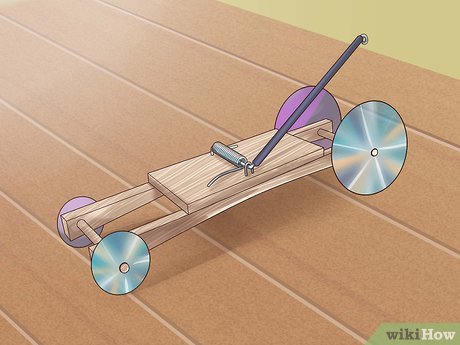
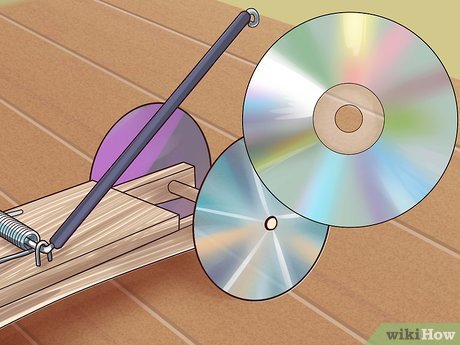
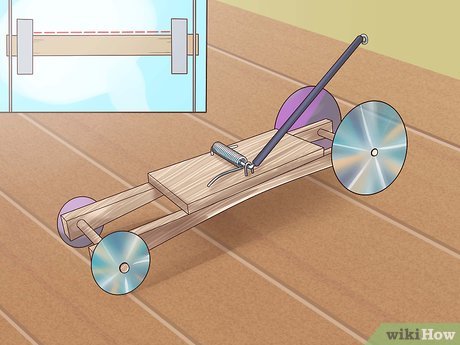

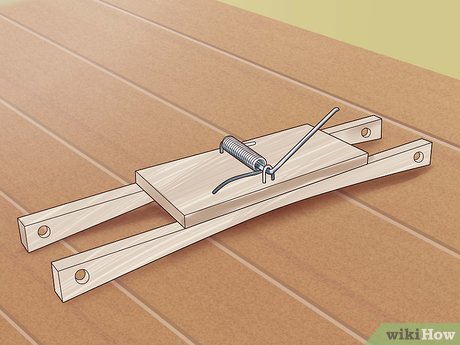
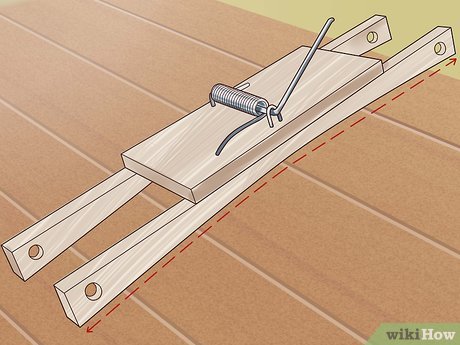
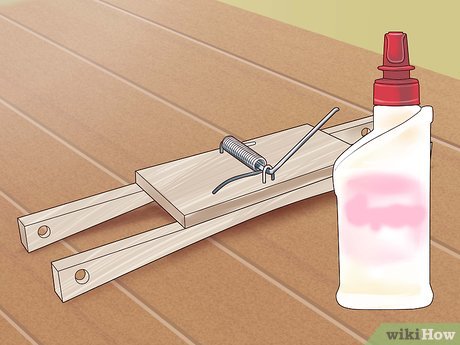
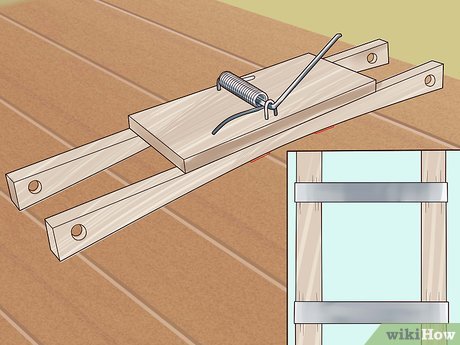
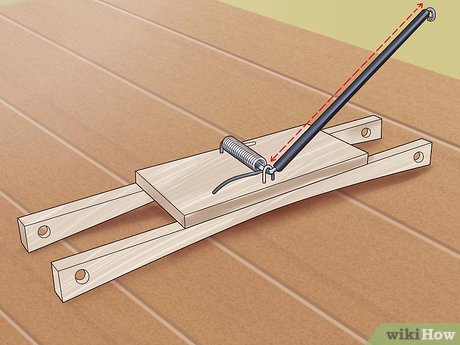
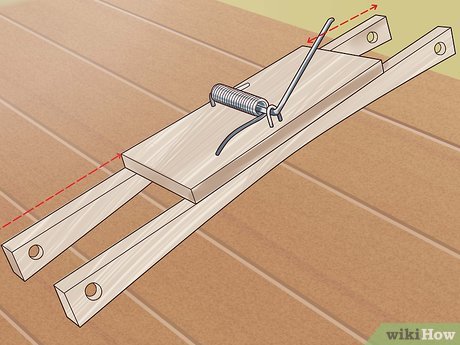
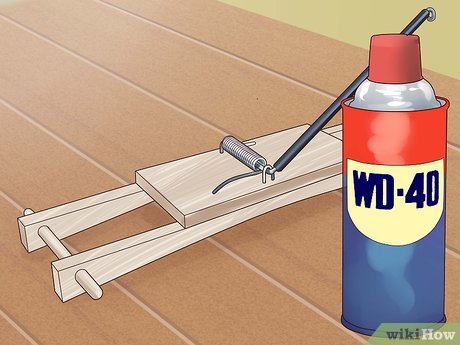
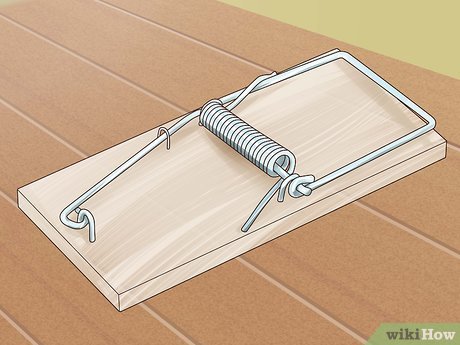










 How to Live in Your Car
How to Live in Your Car How to Idle a Car
How to Idle a Car How to Adjust Car Mirrors
How to Adjust Car Mirrors How to Dehumidify a Car
How to Dehumidify a Car How to Calculate the Cost of Driving
How to Calculate the Cost of Driving How to Protect a Convertible
How to Protect a Convertible